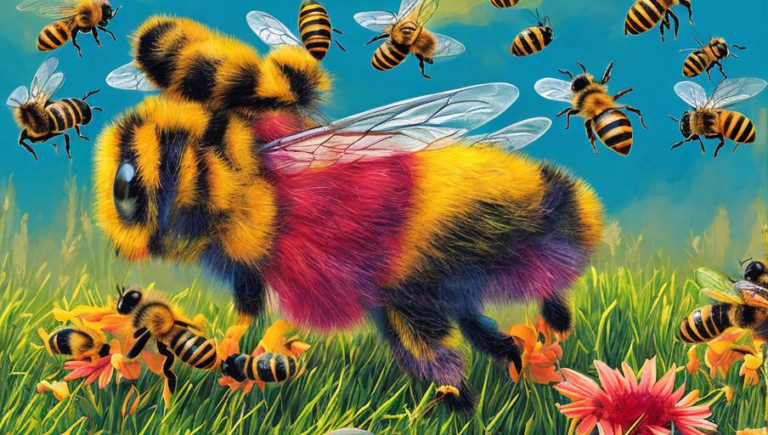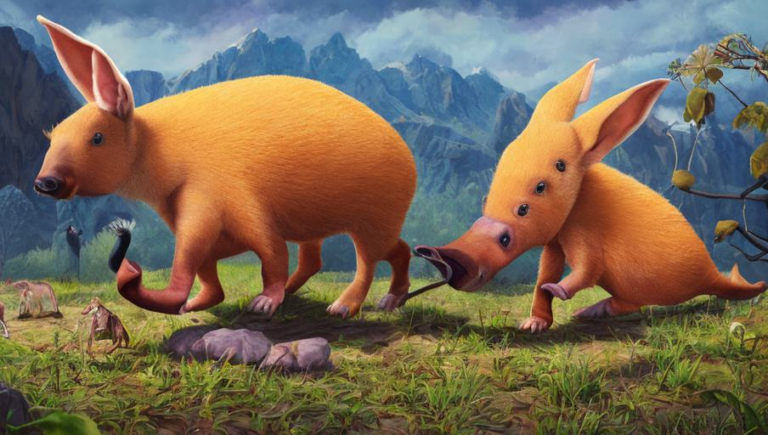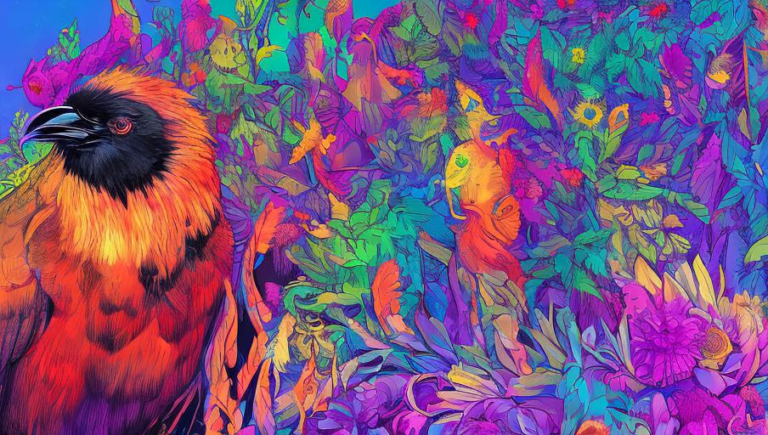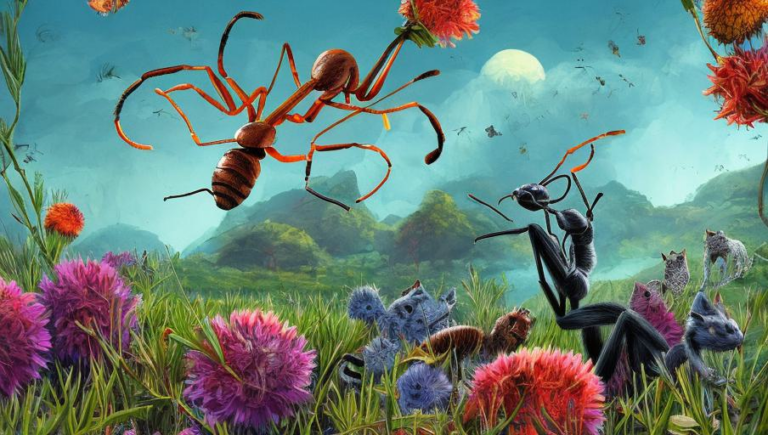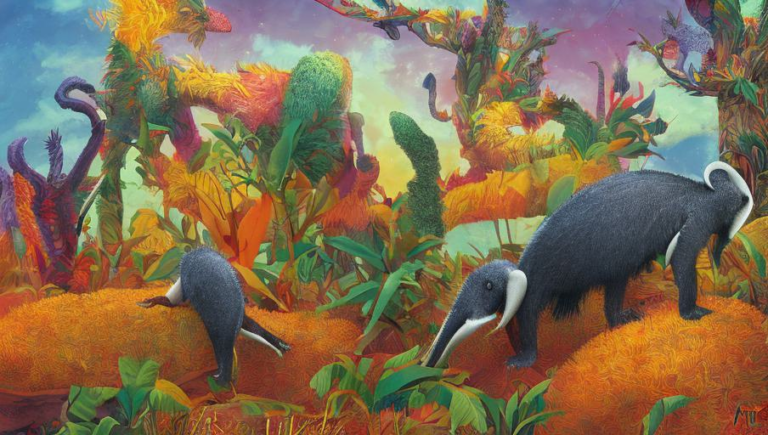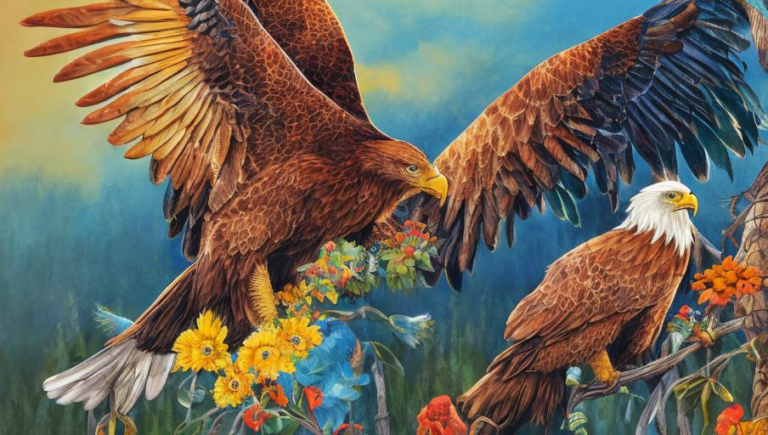Keen Facts About Anteaters
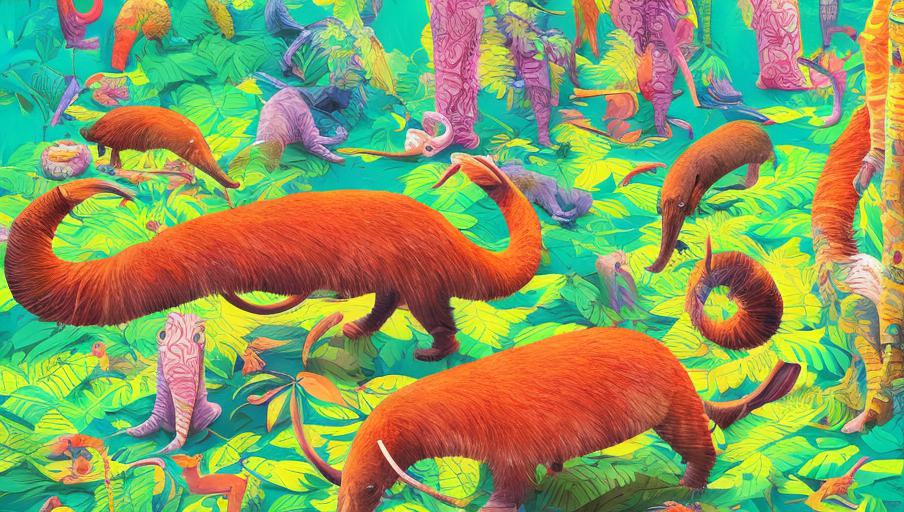
Introduction
Anteaters are some of the most unique and fascinating animals on the planet. They inhabit tropical and subtropical forests, grasslands, and shrublands of Central and South America. There are four different species of anteaters: the giant anteater, the silky anteater, the northern tamandua, and the southern tamandua. Here are some keen facts about anteaters that you may not have known.
What Do Anteaters Eat?
Anteaters are insectivores, which means they feed on insects, larvae, and other small invertebrates. They use their long snouts and sticky tongues to pluck ants and termites from their nests and logs. Anteaters have no teeth, so they swallow their prey whole. They also eat fruits and ground-dwelling vertebrates, such as lizards and snakes.
Physical Characteristics
The most distinctive feature of an anteater is its long, slender snout, which can be up to two feet long. It is equipped with a specialized sense of smell that helps them locate ant and termite nests. Anteaters also have long, curved claws that they use to rip open logs and nests. They have small ears, short fur, and short, stubby tails.
Behavioral Traits
Anteaters are solitary animals, meaning they live and forage alone. They are nocturnal, meaning they are most active at night. Anteaters are also nomadic, meaning they do not stay in one place for long periods of time. They travel up to 15 miles per night in search of food.
Reproduction
Anteaters reproduce once a year in the spring. The female will give birth to one or two young after a gestation period of 6 to 7 months. The young will stay with their mother for up to a year before they are able to survive on their own. Anteaters can live up to 20 years in the wild.
Threats to Anteaters
The main threats to anteaters are habitat destruction, hunting, and climate change. Anteaters are listed as vulnerable or near threatened on the IUCN Red List. It is estimated that their population has declined by over 30% in the past 30 years. Conservation efforts are needed to protect these unique animals.
Conclusion
Anteaters are fascinating animals with many unique characteristics. They are important to their ecosystems, helping to control insect populations and providing food for predators. Unfortunately, due to habitat destruction and other threats, their population is declining. It is important to protect these animals so they can continue to play their role in the delicate balance of nature.
